You are at the ideal place if you’re interested in learning further about how Jeep lockers operate, and how to employ them effectively to ensure your wheels spin at the same speed. Continue reading for a detailed explanation of Jeep lockers along with the appropriate situation to utilize them.
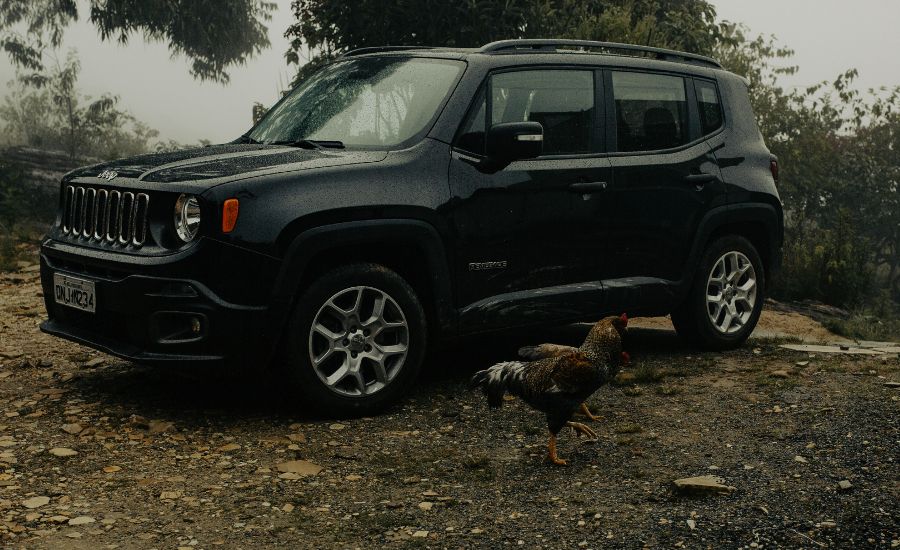
Contents
What are Jeep lockers?
A Jeep locker is usually an aftermarket upgrade tool that secures the axle of your automobile to ensure power is equally distributed throughout the axle’s two wheels, ensuring spinning at the same speed. You can install locks on your Jeep Wrangler’s front axle or both the front and rear axles concurrently.
What are Jeep lockers utilized for?
Jeep lockers are especially useful in off-road circumstances in which one has to pass mud or rugged terrain, or when rock crawling where the wrong wheel may begin spinning.
It is frequent for only one wheel to be lifted off the ground and become suspended in the air in such circumstances.
All the drive generated by the differential is applied to the elevated wheel when one wheel is lifted or experiences another drop in traction.
A Jeep locker will help you, so you don’t lose traction in your remaining wheels on the ground to retain movement.
Furthermore, if you’re dealing with several surfaces with varying traction levels, a locker assists you in putting the power down. Envision an asphalt road with snow along a single side.
A locker allows your Jeep to distribute power to the tires with the most traction, keeping you moving rather than stranding you.
When you’re towing something, for instance, an acquaintance’s Jeep that is stranded in a ditch and lacks a differential, you must have a locker. A differential facilitates pulling and assists your Jeep to maintain the most traction on all four wheels.
Nevertheless, aside from the Jeep Wrangler Rubicon, the majority of Jeeps only come with an open differential as their default locker. You would need to alter or set up a locker to fully capitalize on the capability of your Jeep for more effective off-road performance.

Types of Jeep lockers
Various kinds of Jeep lockers explained below:
Jeep lunch box lockers
There are other names for lunchbox lockers, including automatic lockers, drop-in lockers, and pocket lockers. When Jeep owners inquire about the sort of lockers for their vehicles, we strongly advise installing automatic lockers on the rear axles.
Since they are a fairly straightforward and inexpensive axle modification that doesn’t call for changing the ring and pinions, we encourage novices to use them.
They make it easier for your Jeep to grip the rocks and slopes. They are additionally great while off-roading in the winter and usually get your Jeep unstuck from a jam, although they generally make your steering push through a little more.
When off-roading, you will undoubtedly hear a lunch box locker working. The motion is not smooth, occasionally it fails to unlock when cornering, which makes driving your Jeep tricky.
They are inexpensive to set up, and the components are also inexpensive in comparison to other kinds of lockers.
Jeep mechanical locker
Mechanical lockers work by using centrifugal power and lock when the throttle is applied, making them excellent off-roading Jeep improvements but not advised for normal driving.
The installation of mechanical lockers on your everyday driving Jeep is not advised because it can result in poor handling, particularly if it is mounted on the front axle, in addition to being extremely noisy.
Jeep soft lockers
The most recent kind of automatic locker, a soft locker, is an improved variant of a mechanical locker. Popular ones include Detroit lockers, which are quiet and automatically ensure the same speed of wheels when the environment is conducive.
With automatic lockers installed, soft lockers lock and unlock automatically, which is a hassle while operating your Jeep. They may additionally trigger fishtails when turning and understeering — you never know when a soft locker will kick in.
For these reasons, we don’t recommend soft lockers on everyday-driving Jeeps, especially Jeeps designed for expressway or urban transportation.
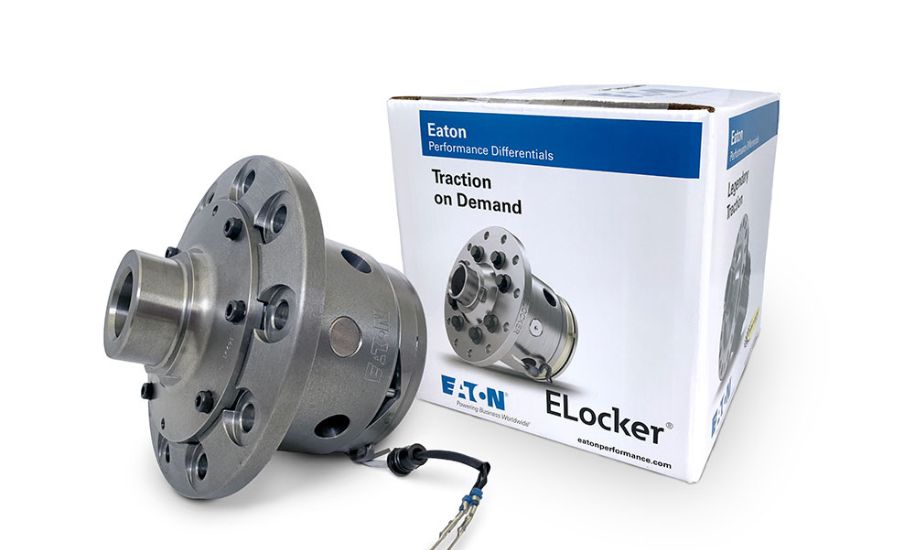
Selectable lockers
When the lock is activated, selectable lockers provide the driver total control. For people who intend to travel on highways as well, selectable lockers almost entirely minimize all safety problems.
A selectable locker won’t activate automatically on sloppy roads; instead, they must be independently engaged. Additionally, because they are not always engaged, selectable lockers don’t increase tire wear significantly.
Additionally, they may start out as a costly choice, but they prove their worth over the time.
Spools
Spool axle locks come in two varieties: full spool and mini spool lockers. The ring gear housing is completely replaced by an entire spool, which is one piece. However, instead of substituting it, a mini spool is positioned inside the housing’s center.
The outcomes from these two varieties of spools are the same. Their dimensions and prices are the primary distinctions between them.
Even though they are among the cheapest options, they also possess several drawbacks.
You cannot, for instance, activate or deactivate these lockers as necessary.
As a result, the axles are a bad choice for a Jeep that you might also wish to use on the highway because they always get locked. Additionally, the tires start to wear down faster than usual.
Spool lockers also increase the difficulty of turning the car, which might reduce the enjoyment of driving. This is great for Jeeps that are used exclusively off-road because it is additionally dangerous when driving on the highway.
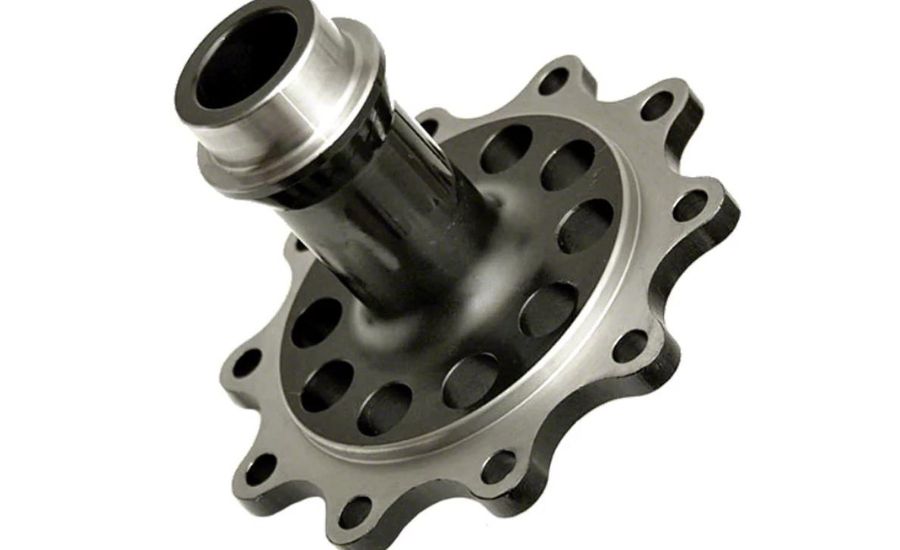
Air Locker
Off-roading Jeepers frequently utilize airlocks, and we highly recommend particularly the ARB models because they function similarly to electronic lockers while using pneumatics.
Due to the high cost of the components needed to operate them, including air compressors and airlines, air lockers are difficult to set up and maintain. Compressors, however, are a useful piece of air lockers equipment because they can be installed to carry out other tasks, like inflating tires, that are necessary for off-road driving.
Kinds of Jeep differentials
Below are various types of Jeep differentials.
Basic Jeep differentials
The majority of stock Jeeps possess what is typically referred to as a basic differential with selectable four-wheel drive or an open differential, unless you choose a limited-slip differential.
A basic Jeep differential isn’t a locker, but what is taken out or altered to add an aftermarket upgrade for customers seeking optimum efficiency from their Jeeps during off-road trips.
When driving your Jeep regularly, the open differential is beneficial because it aids in maintaining equal traction on the road and in the majority of everyday off-road circumstances. It also prevents unwarranted tire wear and tear.
Limited slip differentials
When it comes to operation, limited-slip differential lockers are a lot more supple than either open differentials or locking differentials. In icy and snowy conditions, as well as on sand-covered terrain, they improve and increase your safety.
Limited slip differentials come in both gear-driven and clutch-type varieties. Be careful to consider that as well. The clutch-type limited slip differential needs a particular fluid to prevent wearing out.
Compared to an open differential, limited slip differential is less prevalent on Wranglers.
Open differentials and limited slip differentials are both superior at giving the wheels greater grip, but lockers offer the most traction on rough terrains like mud and gravel. This is because they offer the advantages of a spool/locker as well as an open differential.
A traction control system can be a lot more effective than an open differential. These systems are available on the market. Even though they won’t perform as well as a locker, they are still beneficial.
Limited slip differentials won’t operate as well on severely tricky terrain as a locker.
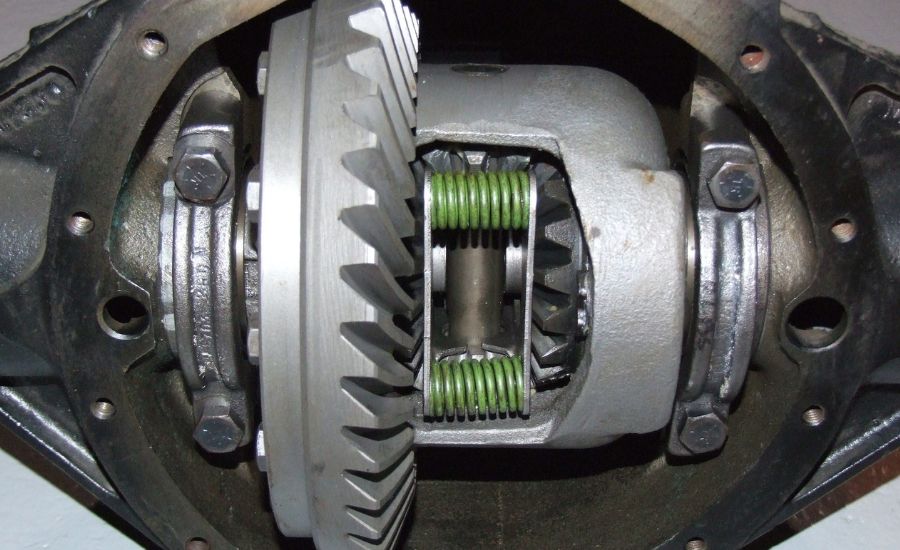
Open differentials
The most prevalent kind of differentials used in automobiles are open differentials, and they provide excellent control over how much power is distributed between the two tires on a single axle.
Your Jeep doesn’t have any type of locker if it came with an open differential as standard equipment when you bought it new and had no changes made.
This can probably work just fine if you don’t intend to drive your Jeep across rough terrain or into the wilderness.
If you aren’t trapped or aren’t intending to deliberately drive through difficult terrain, you won’t require a locker for everyday driving or even off-roading where one wheel displacing is frequent.
A little human ingenuity can help many vehicles that lack four-wheel drive escape the mud. Compared to the ordinary vehicle, Jeep Wranglers are far better prepared to handle those circumstances.
Even for the typical Wrangler driver, incorporating lockers is not at all essential. They are beneficial for some activities and environments, though.
In many circumstances, an open differential aids in maintaining traction and reduces early tire wear. This works optimally on paved surfaces and can even handle ice, so long as both wheels are traction-equal.
The problem arises when you become trapped because just one wheel is rotating, and the other is stationary.
Benefits of Jeep Lockers
Cornering and control: A Jeep’s handling is greatly enhanced by the ability of each wheel to independently accelerate or decelerate as it travels through corners. With the knowledge that your back wheels won’t come off or behave strangely in bends, you may turn with assurance.
Performance enhancement: They improve a Jeep’s traction and decrease power loss from spinning ineffective wheels. They are common in vehicles with exceptional performance because they maximize traction on the road, which also boosts speed and effectiveness.
Safety: They stop your Jeep from mistakenly oversteering, which is highly risky in traffic or when traveling at a fast pace. Additionally, they make your Jeep handling better, thereby improving safety while driving.
Adaptability: They can adapt to various driving situations. You can also alter how Jeep differentials react to provide you with maximum efficiency to enhance the driving experience.
Automatic lockers vs selectable lockers
Spools, one of the various locker alternatives, are less popular considering the substantial wear they put on tires and drivetrains. Selectable and automatic lockers are the two most widely used varieties.
There are advantages and disadvantages to both that you should consider when selecting which would function the best. It boils down to if you intend to utilize the Jeep for highway travel or mostly for off-road pleasure.
The ideal option for individuals who frequently drive on the highway is selectable lockers. If not, you may evaluate both to determine which option best suits your requirements.
If neither of the available options is ideal for you, a limited slip differential locking or traction control system should suffice.
OX lockers
They possess the fascinating ability to switch from off to on using either a mechanical cord or air.
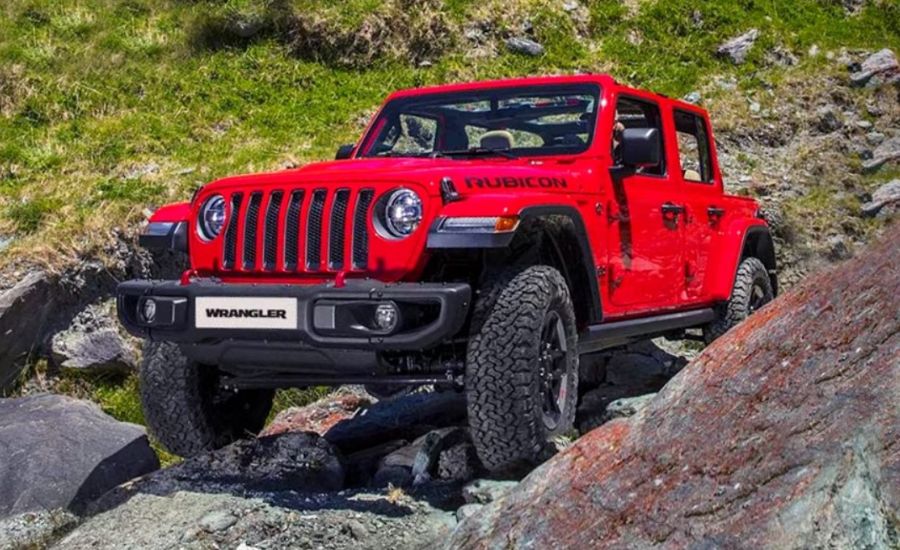
FAQ
Do I really need lockers on my Jeep?
Yes, it is preferable to have lockers, particularly while traveling on snowy, muddy routes, rock crawling, or even routes with steep slopes. It additionally proves useful in terrains that make driving professionally difficult.
When should you use lockers?
A Jeep locker must only be installed on automobiles that are intended for drag racing or excessive off-roading.
You are probably better off without a Jeep locker if you don’t intend to be driving through mud or rock crawling.
How important is a locking differential for a Jeep?
In a locked-together position, your Jeep continues to drive at a smooth, even speed without tossing you excessively.
Additionally, locking differentials ensure safety in muddy areas. When attempting to climb or navigate challenging inclines or obstacles, they stop vehicles from slipping and sliding.
Conclusion
What are jeep lockers? Installing Jeep lockers is a must if you intend to do any off-road driving.
While you must choose whether an automatic locker or selectable locker is necessary for your intended uses as well as whether you need a front locker, rear locker, or both, adding a Jeep locker could prove very helpful for people that regularly travel through rough terrain and very useful for rock crawling.
If you need to read about what is a jeep axle locker, please read our article.


